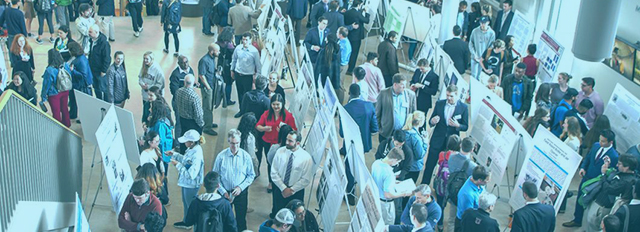
Posters and Papers
Document Type
Open Access
Faculty Sponsor
Bradford Bruno
Department
Mechanical Engineering
Start Date
22-5-2020 2:30 AM
Description
P-factor is an aerodynamic phenomenon experienced by ascending, single propeller aircraft. An angle between the orientation of the blade of a rotating propeller and the airstream causes thrust generation to change as the blade rotates. The result is asymmetric thrust production and the induction of a negative (counterclockwise) torque about the yaw axis. Understanding and characterizing this instability, which typically limits the maximum usable power, will allow for the exploration of more efficient propellers and higher power motors on smaller airframes. The presentation will show results and analysis of a combination of wind tunnel and field tests, which characterize the p-factor related torque induced on the airframe at a variety of different angles of attack, freestream velocities, and rotational velocities.
Propeller Factor Instability in Small Electronic Aircraft
P-factor is an aerodynamic phenomenon experienced by ascending, single propeller aircraft. An angle between the orientation of the blade of a rotating propeller and the airstream causes thrust generation to change as the blade rotates. The result is asymmetric thrust production and the induction of a negative (counterclockwise) torque about the yaw axis. Understanding and characterizing this instability, which typically limits the maximum usable power, will allow for the exploration of more efficient propellers and higher power motors on smaller airframes. The presentation will show results and analysis of a combination of wind tunnel and field tests, which characterize the p-factor related torque induced on the airframe at a variety of different angles of attack, freestream velocities, and rotational velocities.


